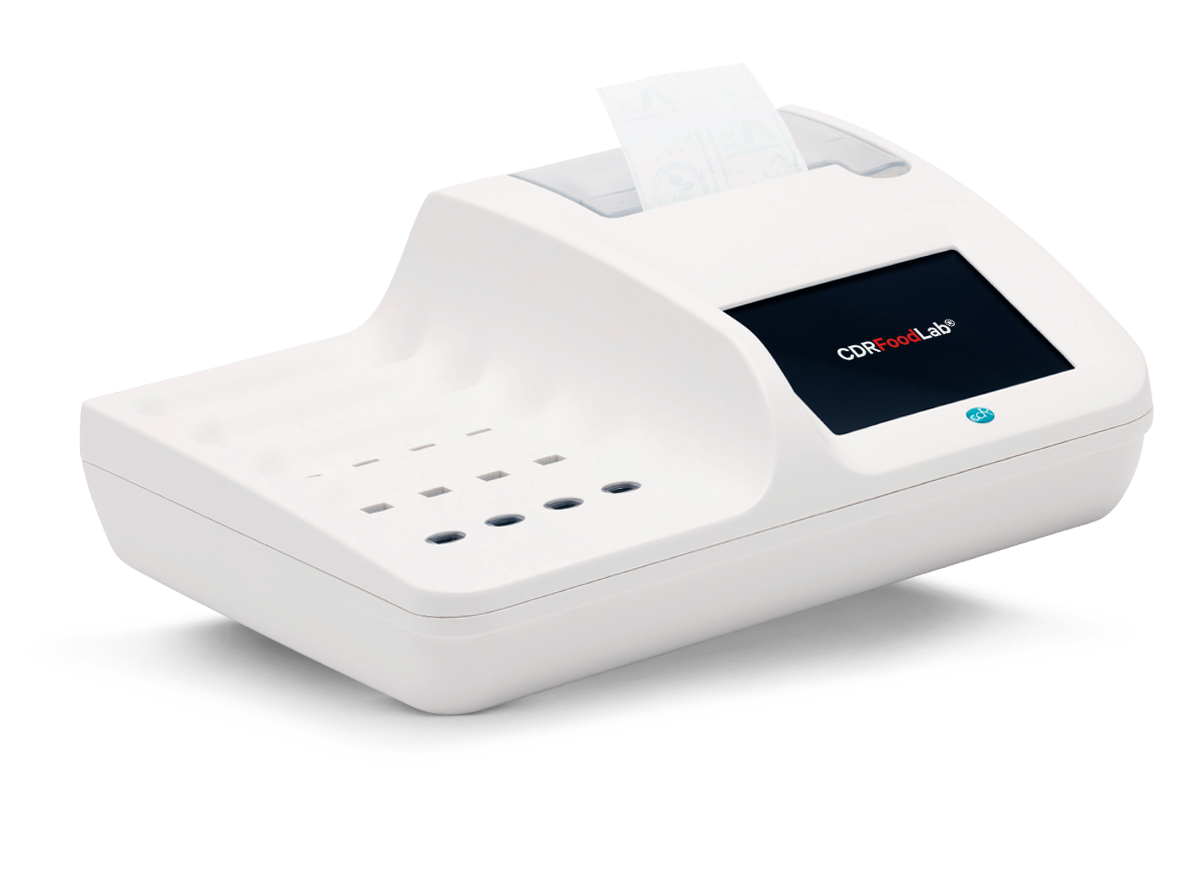Free Fatty Acids analysis in Oils and Fats
The acid content of edible fats is given by the quantity of free fatty acids deriving from the hydrolytic rancidity of triglycerides. As this alteration occurs in unsuitable conditions for the processing and preservation of fats, acidity represents a basic indicator of the genuineness of the product. The test is particularly important during the refining of oils and fats, for the assessment of the processing cycle and for the definition of product categories. This test has the same accuracy and yet it is easier than AOCS Official Method Ca 5a-40.
Features of the FFA Test in oils and fats
- Rapids results and Simple method: the results come in less than 1 minute thanks to disposable pre-vialed reagents specifically developed by the research laboratories of CDR making analytical procedures fast and easy.
- low toxicity reagents previaled in micro quantity and ready to use remove the need to handle toxic or carcinogenic compounds.
- NO Calibration required
- Results are comparable to the ISO/AOCS method with very high correlation coefficients.
- high accuracy and sensitivity: up to 0.01% deviation in oleic acid can be detected.
- test using micro-samples: suitable even to test fat substances that have a difficult extraction process.
- Cost effective solution: rapid return on investment
Free Fatty Acid Determination Method
...
Principle of the test
Free fatty acids of the sample, at pH<7,0, react with a chromogenic compound and decrease its colour. The decreasing of colour, read at 630 nm, is proportional to the acid concentration of the sample, expressed as % of oleic acid.
Calibration curve
The calibration curve of the analytical CDR FoodLab® method, carried out with respect to the reference method AOCS Official Method Ca 5a-40. Furthermore Free Fatty Acids content was determined using the CDR FoodLab® instrument and the titration method used by Campden BRI (Campden BRI Method TES-AC-211): the data for Free Fatty Acids using the CDR FoodLab® was found to be very consistent with good reproducibility across the triplicate runs, and the correlation is very good.
...
Reagent test Kits
Measuring range Fats and Oils
| Analyses | Measuring range | Resolution | Repeatability |
|---|
Measuring range Bakery products
| Analyses | Measuring range | Resolution | Repeatability |
|---|
The analyzers for oils and fats quality control
CDR FoodLab®
- Complete analysis panel, supplied already configured
- Up to 16 determinations simultaneously
- Possibility of carrying out analyses of the same sample
- Integrated printer
- Full connections (LAN - USB - Bluetooth barcode/QR code reader)
CDR FoodLab®Jr
- Partial analysis panel, supplied configured with 3 analyses of your choice, implementable
- Up to 3 determinations simultaneously
- Wireless connection to external printer
- USB connections
